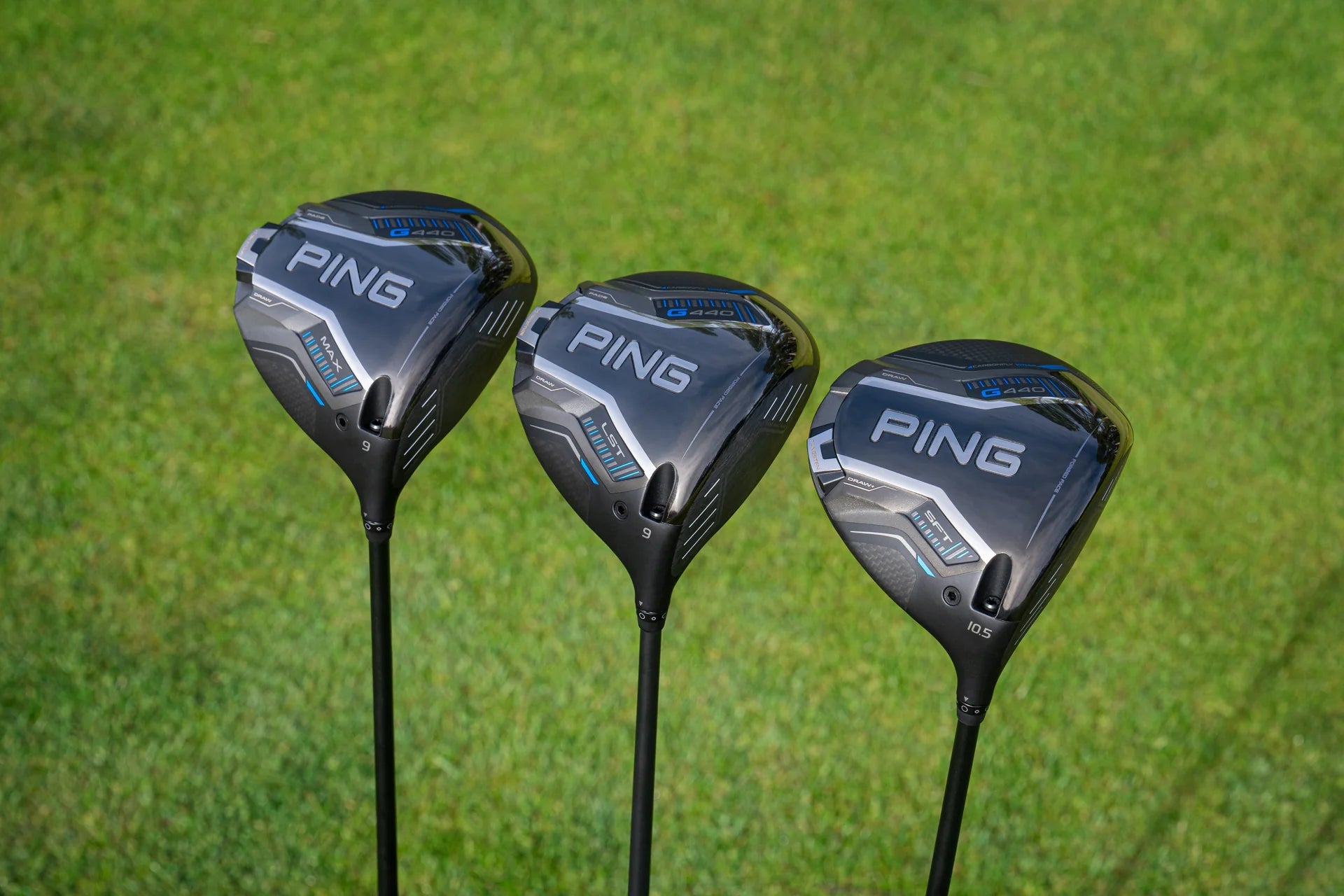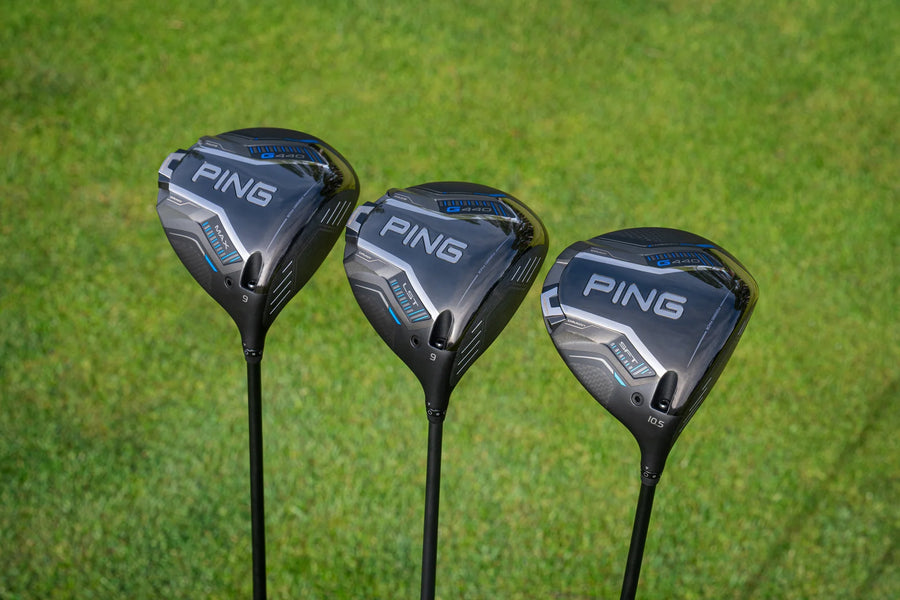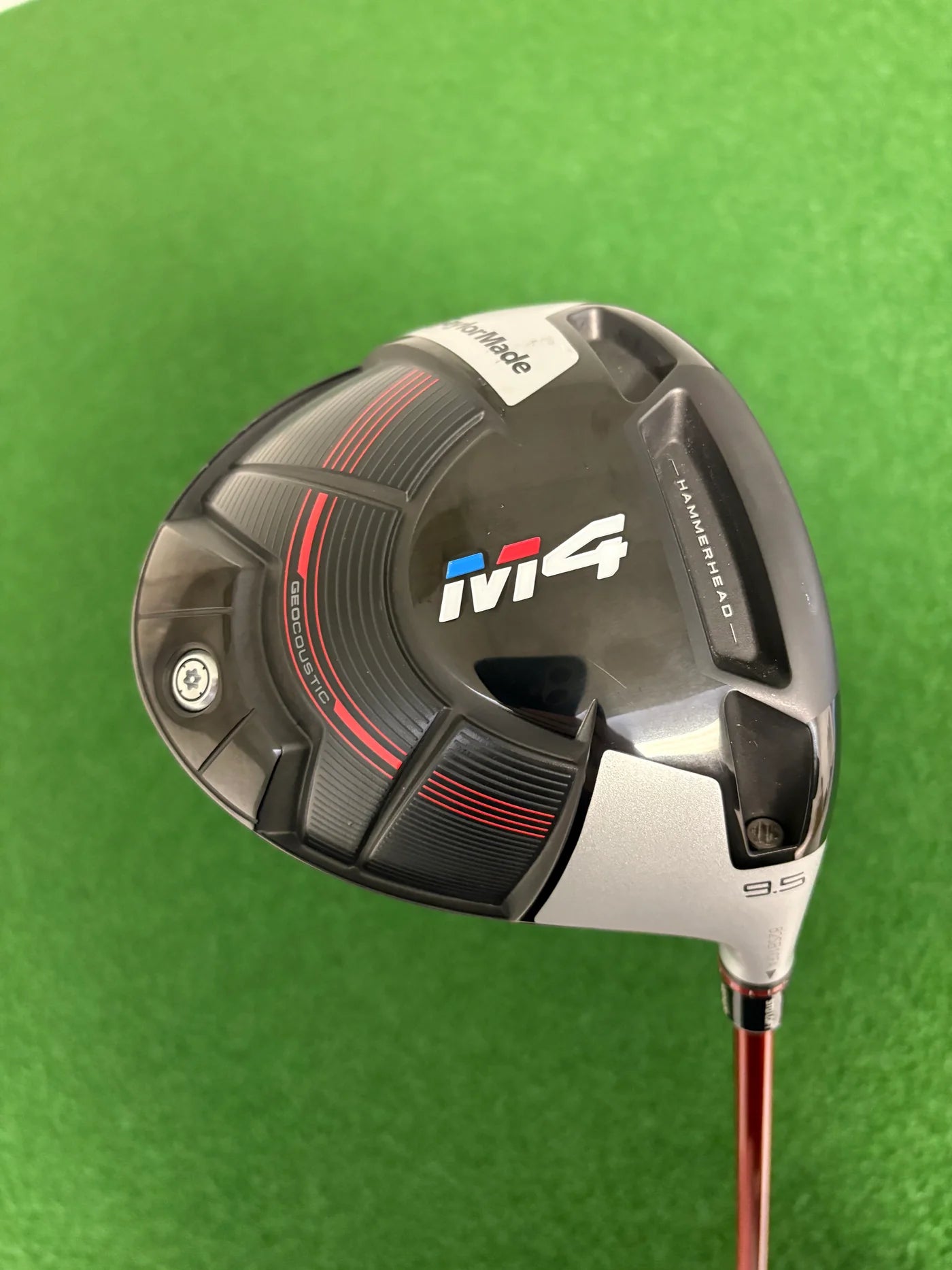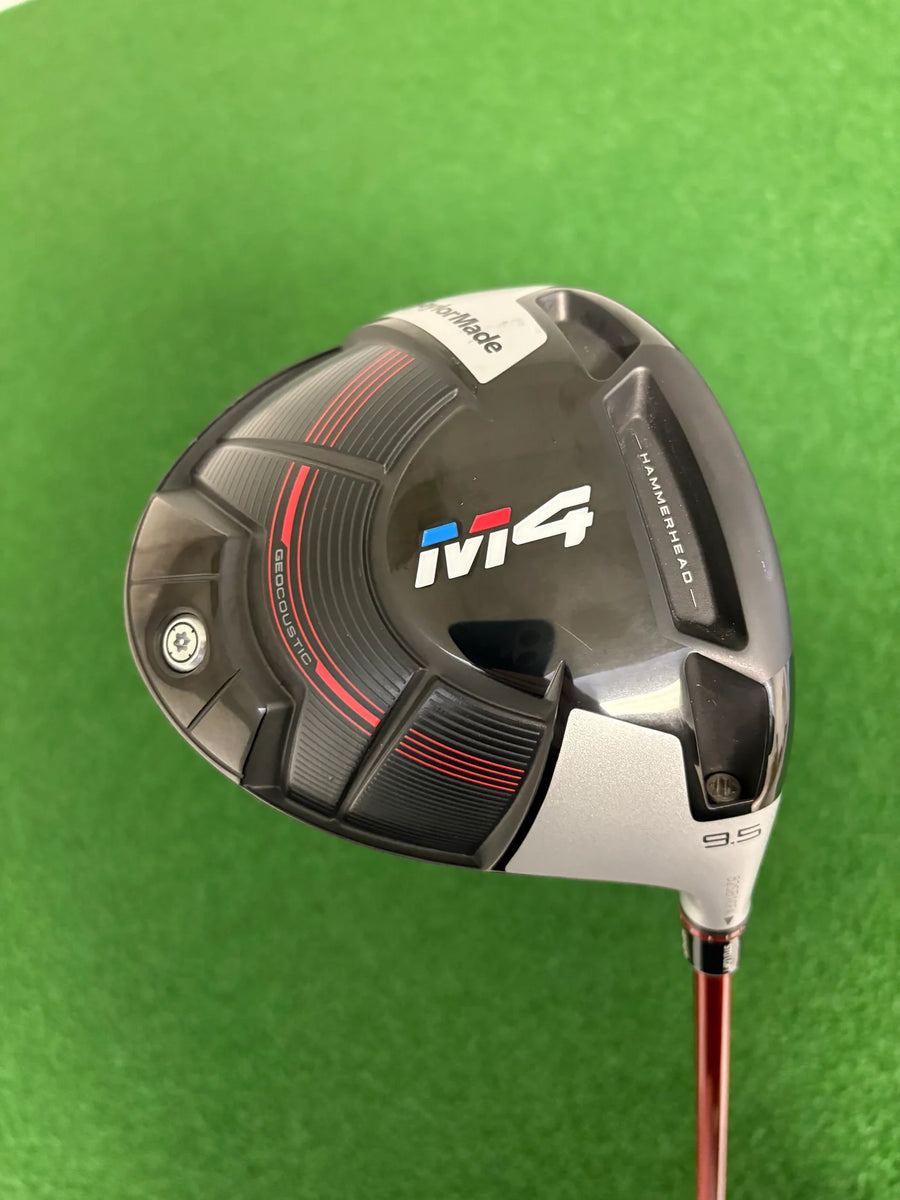The Guide To Buying A Golf Driver
Picking the right driver is an important choice—and it often takes a bit of digging to get it spot-on. Whether you're buying brand new or going for a pre-owned option, the sheer variety of models, brands, designs, and features can make the process feel a bit daunting.
But don’t worry—we’re here to help make it easier, no matter your skill level or where you are in your buying journey. Keep reading for helpful insights, and if you need have any specific questions feel free to give us an email at admin@thriftgolf.co.nz
Be sure to visit our Buyers’ Guide section for more tips on finding the ideal clubs for your game.
Drivers - The Essentials
The driver—often referred to as the "number one wood"—is the longest club in your bag and features the largest clubhead. It's usually the priciest club in a golfer’s set and also one of the most challenging to hit accurately. Skilled amateurs can expect to drive the ball up to around 250 yards, while professionals often smash it well beyond 300 yards with ease.
When it comes to drivers, distance is the name of the game. Golfers tend to put more thought into choosing a driver than any other club, knowing that strong distance off the tee can set the tone for the rest of the hole. While accuracy is certainly important, falling short on distance can make the game significantly harder—so it’s easy to see why drivers get so much attention.
Recent advancements in golf technology have transformed the driver dramatically. Precision engineering and player demand have led to more refined, high-performing options than ever before. Brands now invest heavily in research and development, resulting in a vast array of choices—great for performance, but overwhelming when trying to pick the right one.
In the past, drivers were crafted from persimmon wood, with fixed heads and limited customisation. Today, nearly every part of a driver—from loft to weight to face angle—can be adjusted to suit your individual swing. And with every golfer’s swing being unique, modern drivers offer more personalisation than ever before
When Should I Upgrade My Driver?
Some golfers are starting fresh and buying their very first driver, while others are seasoned players looking to replace or improve the one they already own. On average, a driver that's used regularly but well taken care of should give you solid performance for about 3 to 5 years. With proper care and storage, you’ll get the most out of its lifespan before needing an upgrade.
Browse our stock below
What Should You Spend on a Driver?
Let’s face it—most of us aren’t shopping with an endless budget. That’s why it’s smart to go in with both a maximum and minimum price in mind. While it might be tempting to go for the cheapest option out there, ultra-low-cost drivers often lack the performance, quality, and durability needed to help you improve. Investing a little more can go a long way for your game.
At Thrift Golf we stock more than 500 drivers at any given time, so once you’ve set your price range, you’ll find it much easier to start narrowing down the best fit. One of the biggest advantages of shopping second-hand is getting premium quality without the brand-new price tag. And with every club we sell fully verified for authenticity, you can shop confidently knowing you're getting a top-tier club for a fraction of its original retail cost.
You can pick up a top quality second hand driver from between $150 - $300
Club Head Size
Most modern drivers fall within a head size range of 440 to 460 cubic centimetres (cc). But what does that actually mean? The measurement refers to the volume of the clubhead. A 440cc driver typically offers a slightly different trajectory and feel, while a 460cc head—the largest allowed in competition—tends to be more forgiving, helping reduce the impact of off-centre hits.
Although drivers often look quite similar at a glance, the materials they’re made from can make a big difference. Titanium is generally considered the best option for both the head and the face of the club, thanks to its strength, lightweight nature, and flexibility. Compared to steel, titanium delivers better energy transfer and performance, especially on longer drives.
What Materials Are Drivers Made From?
Driver technology has evolved massively—from the days of wooden clubheads to today’s advanced materials. Most modern drivers now feature either full titanium construction or a combination of materials, known as composite heads. Titanium remains a top choice thanks to its high strength, light weight, and excellent durability.
Composite drivers, on the other hand, blend materials like titanium and carbon to maximise performance. Carbon is often used in less critical areas to reduce weight, while heavier elements like tungsten are strategically placed to enhance forgiveness and boost ball speed. This smart use of materials allows brands to fine-tune the club's centre of gravity and improve overall playability.
Take TaylorMade’s SIM2 driver as an example—it combines a carbon crown and soleplate with a steel face and forged aluminium ring, all fused so seamlessly you’d barely notice the transitions. As for shafts, most drivers today use graphite composites. These materials keep the shaft light and fast, which helps increase swing speed and distance.
Shaft Length: How Long Should Your Driver Be?
While the maximum legal length for a driver shaft is 48 inches, most fall between 43 and 46 inches. Longer shafts can offer more distance—but at the cost of control. In practice, many golfers find that a 45-inch shaft gives the best balance of reach and accuracy, making it a popular standard for both amateurs and pros.
Understanding Shaft Flex
Shaft flex is another key factor in how your driver performs. Flex ratings typically include:
Regular Flex (R)
Stiff/Regular (SR)
Stiff (S)
X-Stiff (X)
Senior (A or M)
Ladies (L)
The stiffer the shaft, the lower and straighter the flight tends to be. More flexible shafts promote a higher launch with a slight draw (right-to-left shape), which can be helpful for players with slower swing speeds.
Face Angle Explained
The face angle is the orientation of the clubface when it’s resting on the ground. A square face points directly at the target. If the face is rotated away from you, it’s called open—this reduces loft and can lead to a fade or slice. If the face is turned slightly toward you, it’s closed—adding loft and encouraging a draw or hook.
Modern Adjustability in Drivers
Most new drivers now come with customisable features, letting you fine-tune the club without needing a replacement. Adjustable hosels allow you to change the loft quickly—raising or lowering the ball’s launch angle based on your needs.
Driver lofts typically range from 8.5° to 13°, with lower lofts offering flatter, longer shots and higher lofts giving more lift and carry. Drivers have the lowest loft of all your clubs (besides your putter), designed for maximum distance off the tee.
Many drivers also include moveable weight systems, letting you adjust how weight is distributed across the head. Tiny weights—often between 2 and 20 grams—can be shifted from heel to toe, changing the club’s balance and affecting both spin and trajectory. Some models even use sliding tracks, making the process quick and precise.
If you're exploring the adjustability features of your driver, start by tweaking the shaft settings. Next, adjust the moveable weights to make larger changes to your shot shape. Finally, fine-tune the loft and face angle using the hosel settings.
Whether you prefer the flexibility of an adjustable driver or the simplicity of a fixed one, the good news is you have options. Tuning your driver to match your swing can have an immediate and noticeable effect on your performance, helping you get the most out of every tee shot.
What to do next?
We hope this guide has helped clarify some of the key factors to consider when selecting the ideal driver for your game, making the process feel a bit more manageable.
As you continue your search for the perfect driver, we’re here to support you every step of the way. Be sure to check out our blog post, “Top 10 Drivers Sold in 2025, where you can discover some of our most popular models—the hottest clubs on the market right now.
Shopping for high-quality, authentic branded second-hand golf clubs is simple with Thrift Golf. We back every purchase with a guarantee and offer nationwide shipping, so your new driver will arrive quickly after you place your order. Use our filters to sort by price, shaft flex, and handedness to easily find the right club for you. Plus, our generous return policy means you can shop with complete confidence and peace of mind.










